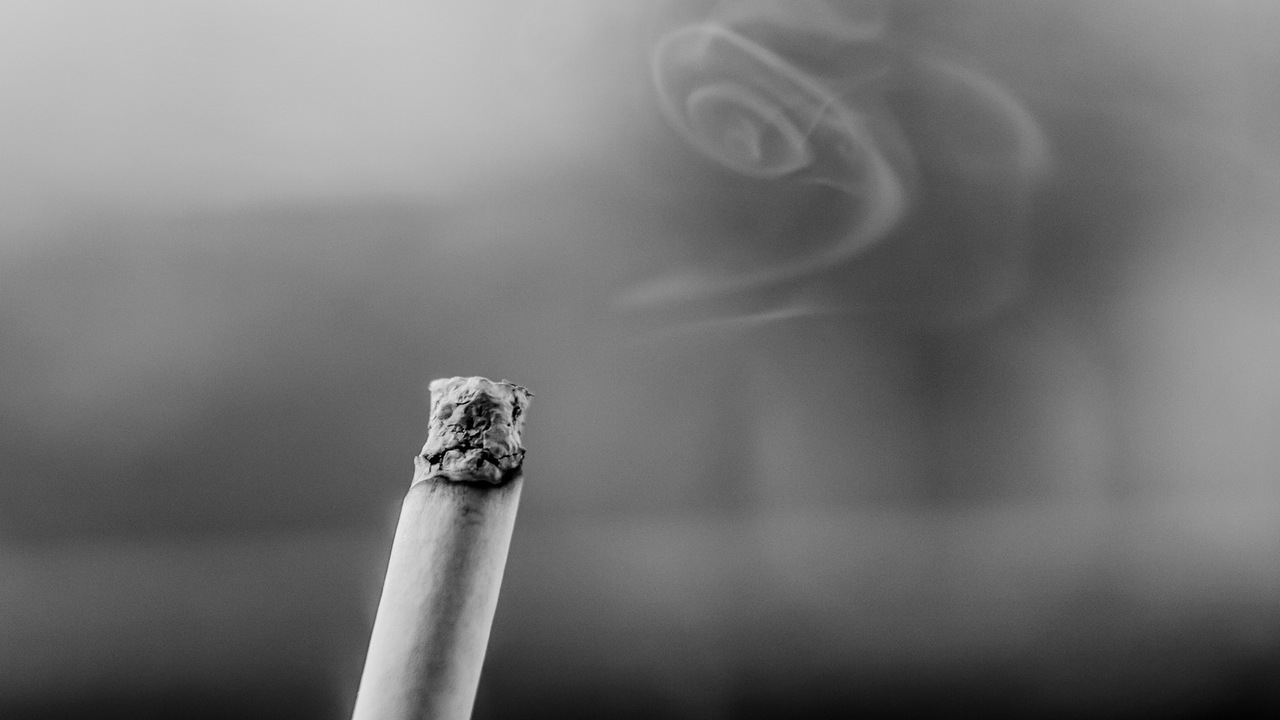There is mounting direct evidence to confirm a small but detectable risk of lung cancer from living with radon in the home, says the United Nations Scientific Committee on the Effects of Atomic Radiation (UNSCEAR). [http://www.unscear.org/]
Previous estimates of risk for radon were calculated from health studies of underground miners, who were exposed to high levels of radon and its decay products. Now the Committee has evaluated recent direct studies of the public, in Europe, North America and China, exposed to relatively low levels of radon in their homes.
Although there are major uncertainties in calculating from the studies of miners to exposure at home, there is remarkably good agreement between the estimates derived from studies of miners at high levels and the direct evidence at low levels, according to UNSCEAR.
“Radon has been a typical health risk no one wants to accept or take note of,” said UNSCEAR Vice Chairman Wolfgang Weiss during a July 21 press conference in Vienna.
He said the report was significant because previous estimates of radon risks to the public were extrapolated from studies of uranium miners exposed to high levels of the gas.
Radon leads to increases in the underlying risk of lung cancer. This is particularly relevant for smokers, who already are at higher risk of contracting lung cancer.
Radon gas is formed by the radioactive decay of uranium which is present in all soils and rocks and radon is present in the air everywhere. But indoor levels are higher than outdoor since the inside of a building is normally at a slightly lower pressure than the air outside. This results in radon gas from the soil being drawn into the building through cracks in the floor. [http://www.epa.gov/radon/]
The effects of exposure to radon in the home and the workplace are the subject of one of three annexes of a major authoritative report published today by UNSCEAR.
UNSCEAR was set up in 1955 and reports to the U.N. General Assembly. Its research helped bring about the 1963 treaty that banned atmospheric testing of nuclear weapons, and underpins global standards on radiation protection.






Add a CommentComments
There are no comments yet. Be the first one and get the conversation started!